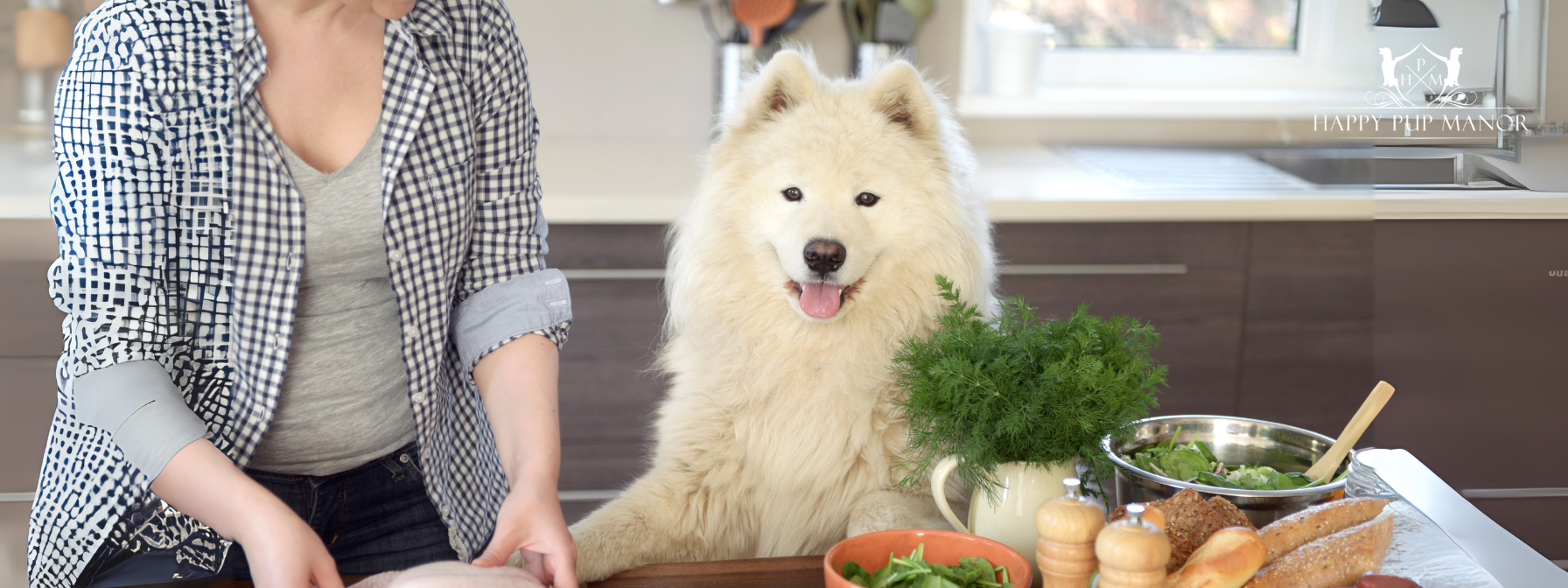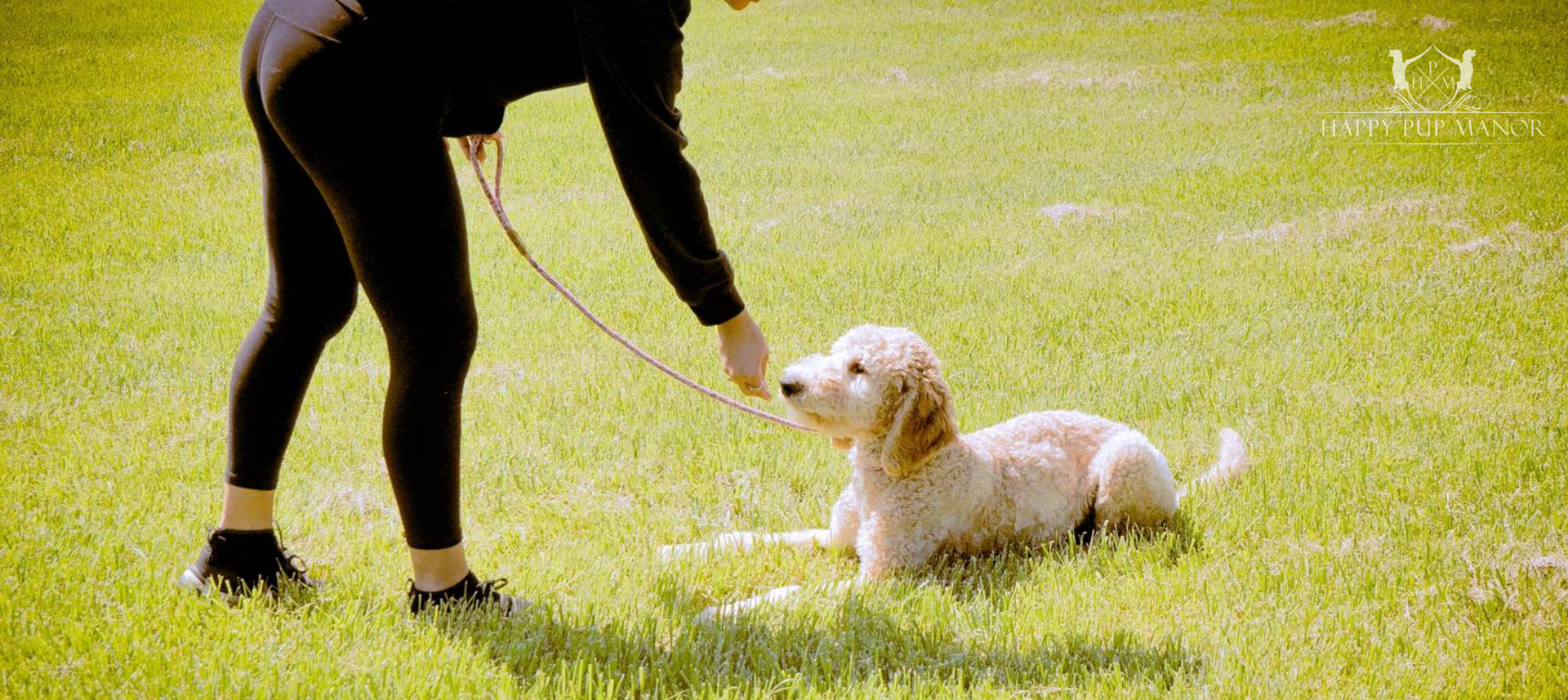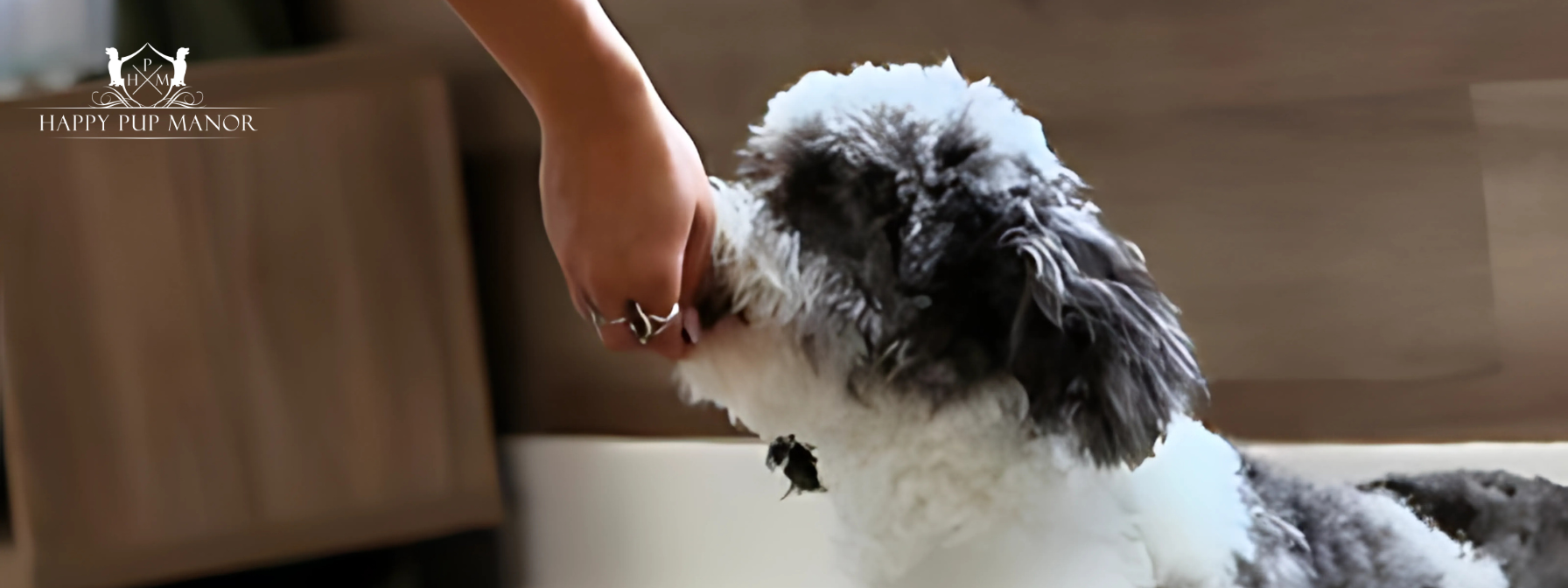How Advanced Dog Training Can Transform Your Pet’s Behavior
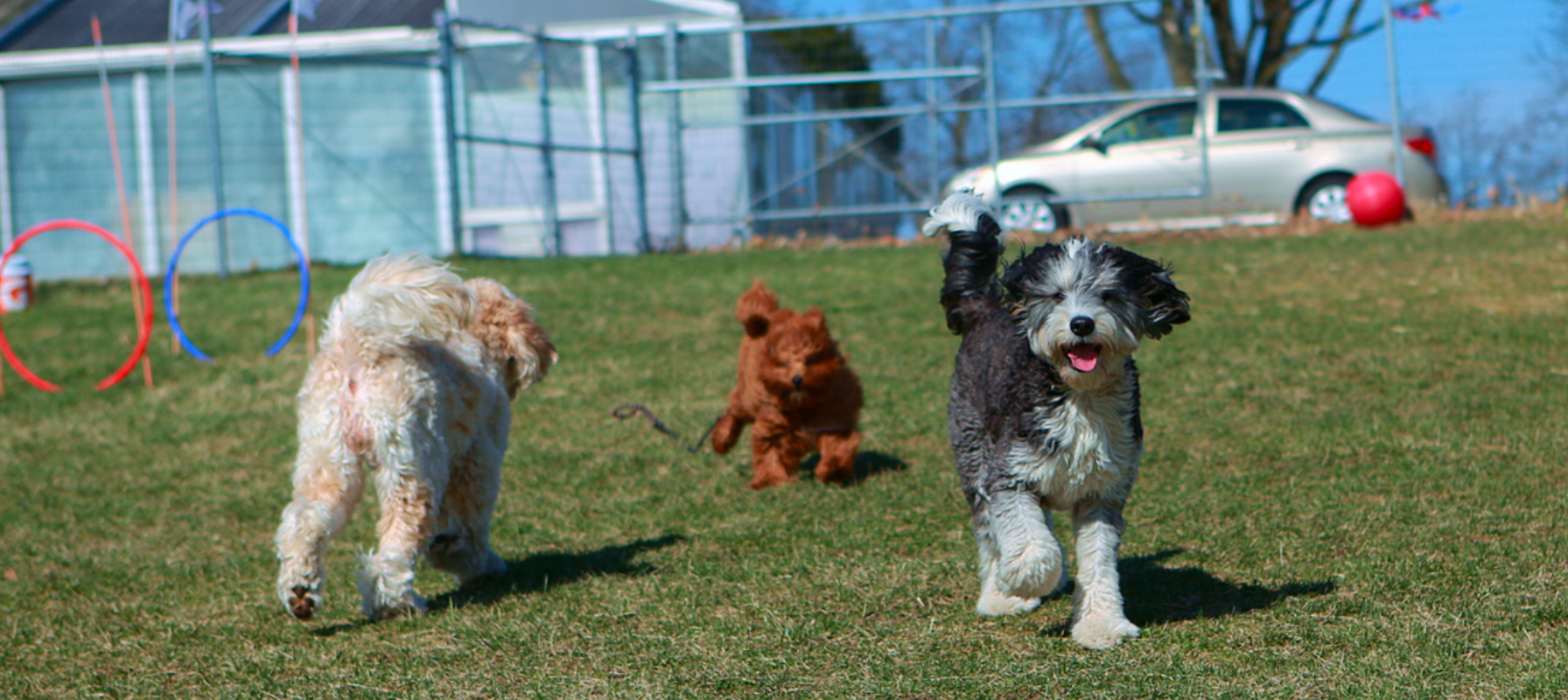
How Advanced Dog Training Can Transform Your Pet’s Behavior
As someone who’s guided hundreds of dogs through their training journeys, I can tell you firsthand—advanced dog training is where true transformation begins. It’s far more than just teaching commands; it’s about shaping behavior, promoting emotional balance, and reinforcing clear, responsive communication between you and your dog.
Whether your canine companion is overly reactive, anxious, or overflowing with energy, this level of training can make day-to-day life feel smooth and enriching—for both of you.
Understanding Your Dog’s Behavior: The Foundation of Lasting Change
Dogs rarely act out for no reason. Each behavior—whether barking at strangers, lunging on the leash, or tearing into the couch—has a root cause. Your dog may be reacting to internal stressors like anxiety, a lack of stimulation, or external triggers such as unfamiliar people, odors, or loud noises. These aren’t acts of rebellion—they’re attempts at communication rooted in emotion.
That’s why behavioral dog training forms the heart of every advanced dog training program at Happy Pup Manor. Before we guide behavior, we work to understand it—by assessing your dog’s development, temperament, energy, and past experiences.
We use structured behavior modification strategies grounded in science, including desensitization and counterconditioning, as endorsed by the MSD Veterinary Manual and organizations like the American Kennel Club. These techniques help dogs form new, positive associations with previously stressful situations. A dog once alarmed by a doorbell, for example, can learn through clicker training and treats that it signals calm, positive attention instead of danger.
Through gentle, progressive exposure, desensitization allows dogs to adapt without stress, building resilience over time. This is particularly powerful for dogs facing fear-based reactions, leash reactivity, or overstimulation. Our approach doesn’t suppress—it reshapes, creating emotional security at the dog’s pace.
Whether your puppy struggles with over-arousal or your adult dog shows signs of separation anxiety, our science-backed programs foster transformation. The result is a dog who feels safe, understood, and ready to thrive—on and off the leash.
From Overwhelmed to Outstanding: How Advanced Training Unlocks Potential
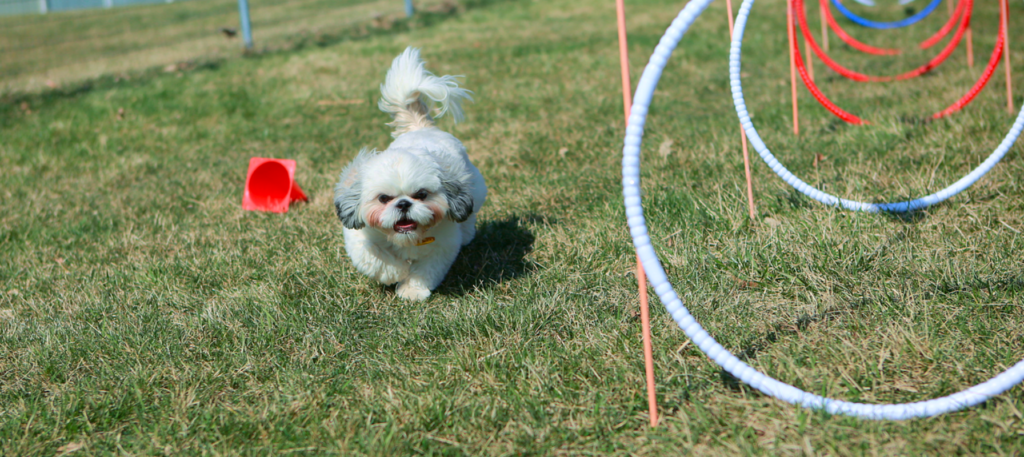
Have you ever felt like your dog just couldn’t be trained? Maybe a friend, a trainer—or even your own frustration—led you to believe your dog was too stubborn or too wild. You’re not alone. At Happy Pup Manor, we work with countless families whose pets have been called “difficult,” “unfocused,” or “hopeless.”
But here’s the truth: every dog has potential. And advanced dog training is designed to unlock it.
Unlike basic commands taught in beginner classes, advanced obedience training hones in on your dog’s ability to regulate emotions, sustain focus, and respond calmly in real-world scenarios. It bridges the gap between basic puppy training and confident, consistent behavior under pressure—on or off-leash.
Our advanced k9 training approach is compassionate, tailored, and evidence-based. We begin by evaluating your dog’s unique triggers, temperament, and stress behaviors. Then we build a personalized plan that focuses on clarity, reinforcement, confidence, and progress through every class.
Many dogs we train have been through board and train services or multiple obedience attempts without results. Some come from trauma, others show high anxiety or reactivity. Using positive reinforcement—not punishment—we teach calm focus and clear communication.
This proven approach benefits every dog—whether they’re training for canine good citizen advanced, prepping for therapy work, or simply learning advanced tricks to teach your dog at home.
Because often, what looks like defiance is really a dog overwhelmed by noise, distractions, or unclear direction. And what seems like stubbornness is a need for calm, consistent guidance.
We’ve helped high-energy doodles learn to self-regulate. We’ve seen anxious pups become confident companions. And we’ve guided countless dogs from reactive to reliable.
With the right support, your dog can transform. And advanced training is where it starts.
Related Reading: What is Obedience Training and Why Does it Matter?
Off-Leash Confidence Through Advanced Obedience
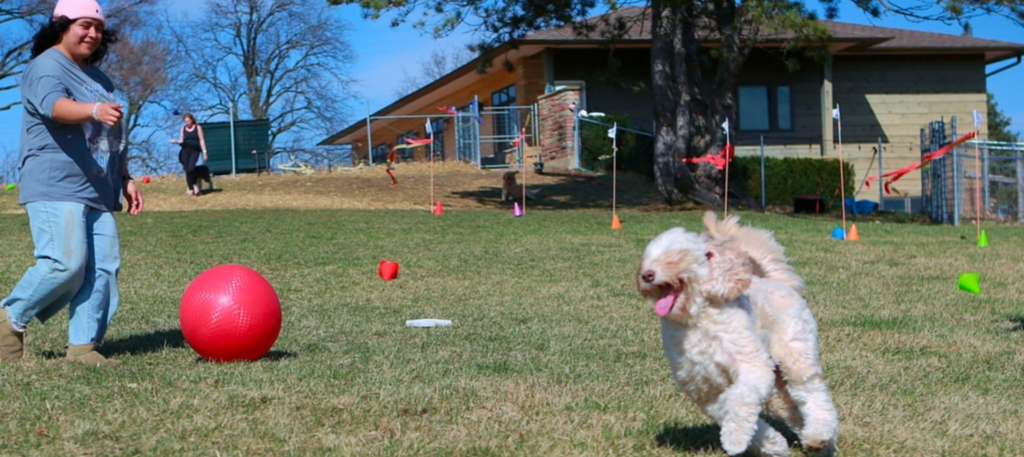
Off-leash training refers to a structured, progressive approach to teaching your dog to behave reliably and responsively without the physical restraint of a leash. It’s one of the most advanced levels of dog obedience, requiring not just technical skill but also a deep bond of trust, mutual understanding, and consistent communication between you and your pup.
At its core, off-leash training ensures that your dog will reliably follow cues—such as come, stay, heel, and leave it—even in high-distraction environments like parks, neighborhoods, hiking trails, or social gatherings. Your dog isn’t just “free”; they’re actively choosing to stay engaged and connected with you, regardless of what’s happening around them.
Unlike basic leash training, which teaches dogs to walk without pulling or reacting, off-leash training expands the focus to impulse control, long-distance recall, and real-world obedience. It includes:
- Reliable recall: Coming when called the first time—even with distractions
- Distance cues: Responding to commands from across a field or room
- Stay and wait commands: Holding position until released
- Off-leash heel work: Walking calmly by your side without being tethered
- Distraction-proof training: Ignoring wildlife, other dogs, food on the ground, or unfamiliar people
This level of training is ideal for active families, travelers, or anyone who wants the confidence to enjoy more freedom with their dog—safely.
At Happy Pup Manor, our off-leash training classes are built into our advanced obedience programs and carefully tailored to your dog’s readiness and temperament. We always begin with safety-first strategies, such as using long leads and practicing in controlled environments before gradually transitioning to more challenging real-world scenarios.
While off-leash training takes time and consistency, the rewards are profound: a more independent, attentive dog and a more relaxed, joyful experience for you. It’s not about letting go of control—it’s about building a relationship so strong, you don’t need the leash to stay connected.
Related Reading: Choosing the Right Collar and Leash for Your Pup
Positive Dog Behavior Correction: Science Over Scolding
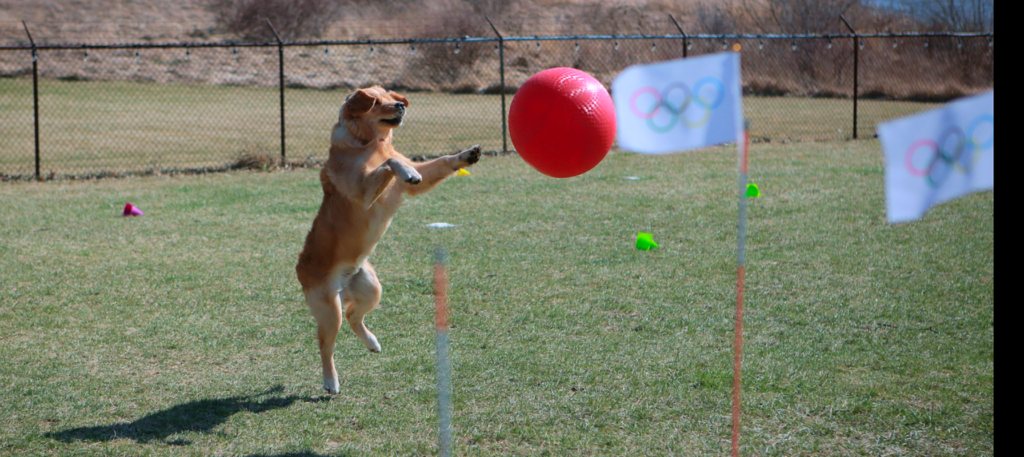
When it comes to dog behavior correction, our philosophy is simple: correct with compassion, teach with clarity.
At Happy Pup Manor, we practice positive dog behavior correction, a method that focuses on teaching dogs what to do rather than punishing them for what not to do. It’s a respectful, effective, and science-supported approach that prioritizes your dog’s emotional well-being as much as their obedience.
Instead of harsh reprimands or aversive tools, we use reinforcement-based techniques to guide your dog toward more appropriate behaviors. This might include:
- Redirecting a jumping dog to sit politely for attention
- Reinforcing quiet behavior instead of barking
- Rewarding eye contact and focus when a leash-reactive dog sees another dog
- Shaping calm behavior through structured routines and impulse control exercises
Studies continue to show that dogs learn best—and maintain good behavior longer—when training is based on positive reinforcement rather than fear or punishment. Our goal isn’t just to stop undesirable behavior. It’s to help your dog develop the emotional regulation and confidence needed to make better decisions on their own. That means we don’t suppress behavior—we reshape it. We look at the why behind the action and address the root cause through consistency, clear communication, and trust-building.
This approach is particularly effective for common challenges such as:
- Excessive barking
- Leash reactivity
- Jumping on guests
- Counter-surfing
- Guarding behaviors
- Inappropriate chewing or digging
By focusing on what your dog can do—whether it’s sitting calmly when the doorbell rings or walking politely past another dog—we create lasting change that feels empowering for both you and your pup.
Positive dog behavior correction isn’t just a technique. It’s a mindset that sees every unwanted behavior as a learning opportunity and every dog as capable of growth.
With the right guidance, even the most frustrating behaviors can become stepping stones toward a calmer, happier life together.
Related Reading: The Importance of Positive Reinforcement in Dog Training
Why Advanced Obedience Training Works Long-Term
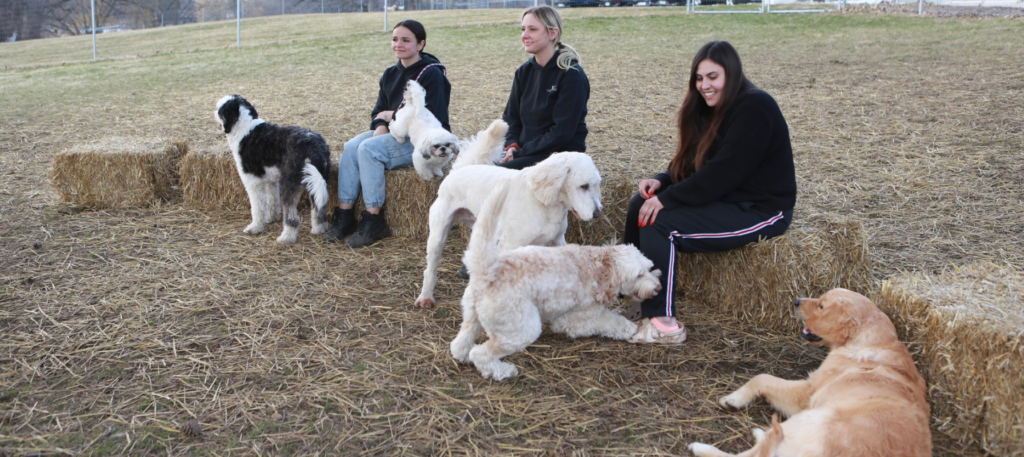
Enrolling in advanced obedience training isn’t just about teaching your dog new cues—it’s about building a lifestyle grounded in calm, confident communication and mutual respect. The benefits go far beyond polished commands; they influence every aspect of your dog’s behavior and your day-to-day life together.
Here’s what you can expect when you invest in advanced-level training:
Increased Attentiveness and Quicker Responses
Dogs trained at an advanced level develop sharper focus and stronger listening skills, even in high-distraction environments. Whether you’re calling them from across the yard or asking for a “heel” while passing another dog, they respond promptly—not because they have to, but because they want to. This level of attentiveness fosters a deeper bond and reinforces your leadership in a calm, respectful way.
Reduced Anxiety and Destructive Behavior
Behavioral challenges like excessive barking, chewing, or pacing often stem from stress, boredom, or lack of direction. Through advanced obedience training, we give your dog clear expectations, mental stimulation, and the tools to self-regulate. As a result, anxious behaviors diminish, and destructive tendencies fade, replaced by calm confidence and relaxed routines.
Enhanced Communication Between You and Your Dog
Training isn’t just about the cues—it’s about creating a shared language. With each session, your dog learns to read your body language, tone of voice, and subtle cues more effectively. In turn, you become more attuned to your dog’s needs and signals. This two-way communication leads to fewer misunderstandings and a more harmonious life together.
A Safer, Calmer Home and More Enjoyable Outings
Whether you’re hosting guests, visiting a busy café, or exploring an off-leash trail, a well-trained dog is a joy to bring along. You’ll no longer need to brace for lunging at the leash, barking at the door, or unpredictable reactions. Advanced obedience creates predictability and trust, allowing your dog to move through life with grace—and giving you the freedom to include them in more of it.
A Stronger, More Confident Bond
Perhaps the most beautiful result of advanced training is the bond it builds. Your dog learns to trust you as a calm, consistent leader. They know exactly what’s expected of them and take pride in meeting those expectations. You, in turn, gain confidence in your dog’s behavior and feel more connected than ever.
At Happy Pup Manor, we don’t just teach skills—we cultivate transformation. Our advanced programs are designed to help your dog thrive in every environment, from the cozy family room to the bustling sidewalk café. And they’re designed to help you enjoy every moment along the way.
Keep Reading: Why Puppy Boarding and Training Is the Best Investment for Your Puppy



